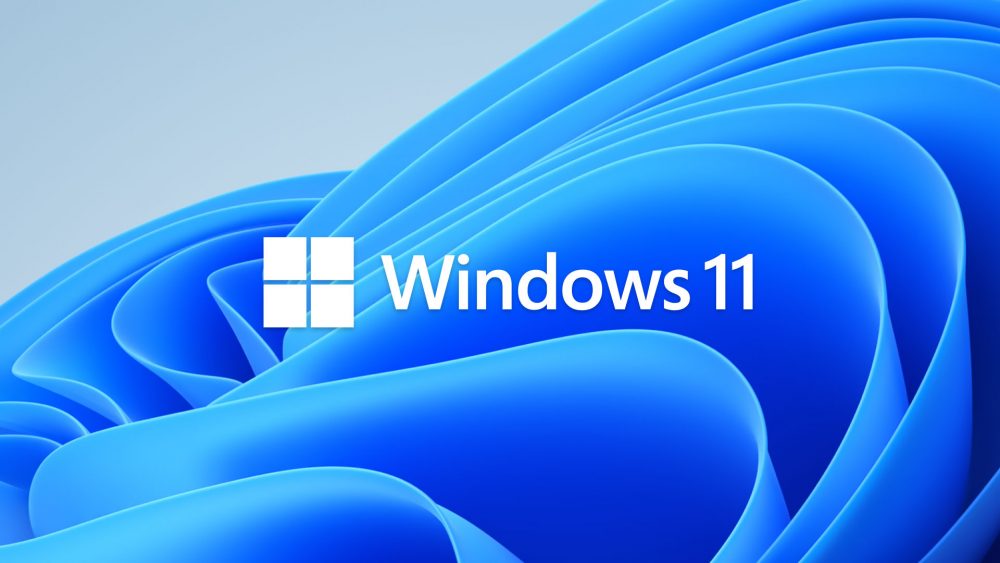Windows 11 is now officially available to download as a free upgrade for eligible devices running Windows 10. Consumers can also shop for new PCs preloaded with Windows 11. The new operating system includes new features, redesigned user interface, and security enhancements, including Microsoft Teams integration, Widgets, and Snap layouts.
Windows 11 comes with increased minimum hardware requirements compared to Windows 10. Users can download the PC Health Check app to determine if their devices can officially run Windows 11. Microsoft is not recommending users to install Windows 11 on an incompatible system. According to Microsoft, PCs that do not meet the minimum Windows 11 system requirements will no longer be supported and won’t be entitled to receive updates. Also, damages to the PCs due to lack of compatibility are not covered under the manufacturer’s warranty.
How to get Windows 11
Devices running Windows 10 version 2004 or later with September 14, 2021, servicing update or later installed can upgrade directly to Windows 11 if it meets the minimum Windows 11 system requirements. Users can also check if the upgrade is available for their device via Windows Update. Microsoft is gradually rolling out the update for eligible Windows 10 devices and by mid-2022 all eligible PCs will receive the update.
Alternatively, users can visit Windows 11 software download page and force an upgrade on eligible devices using the Windows 11 Installation Assistant tool. There are also options to download Windows 11 ISO files or create installation media to perform a clean install.
Features that are depreciated or removed
Microsoft has published a list of features that are depreciated or removed from Windows 11. Here’s the full list.
- Cortana is no longer included in the first boot experience or pinned to the Taskbar.
- Desktop wallpaper cannot be roamed to or from devices when signed in with a Microsoft account.
- Internet Explorer is disabled. Microsoft Edge browser is the recommended replacement and includes IE Mode.
- Math Input Panel is removed. Math Recognizer will install on demand and includes the math input control and recognizer. Math inking in apps like OneNote is not impacted by this change.
- Quick Status from the Lockscreen and associated settings are removed.
- News & Interests has evolved. New functionality has been added which can be found by clicking the Widgets icon on the Taskbar.
- S Mode is only available now for Windows 11 Home edition.
- Snipping Tool and Snip and Sketch have been merged into a single experience keeping the familiar Snipping Tool name.
- Windows 11 does not support disabling the return of internet search results via Registry Key.
- Timeline is removed. Some similar functionality is available in Microsoft Edge.
- Touch keyboards will no longer dock and undock keyboard layouts on screen sizes 18 inches and larger.
- 3D Viewer, OneNote for Windows 10, Skype, and Paint 3D will no longer be installed on new devices or when clean-installing Windows 11. However, they are available for download from the Store.
- Windows 11’s new Start menu no longer support Named groups and folders of apps, and the layout is not currently resizable. Live Tiles are no longer available, and pinned apps will not migrate when upgrading from Windows 10.
- Taskbar alignment to the bottom of the screen is the only location allowed, and apps can no longer customize areas of the Taskbar.
- Some icons may no longer appear in the System Tray (systray) for upgraded devices including previous customizations.
- People is no longer present on the Taskbar.
- Tablet mode is removed, and new functionality and capability are included for keyboard attach and detach postures.









334 replies
Loading new replies...
Join the full discussion at the OnlyTech Forums →